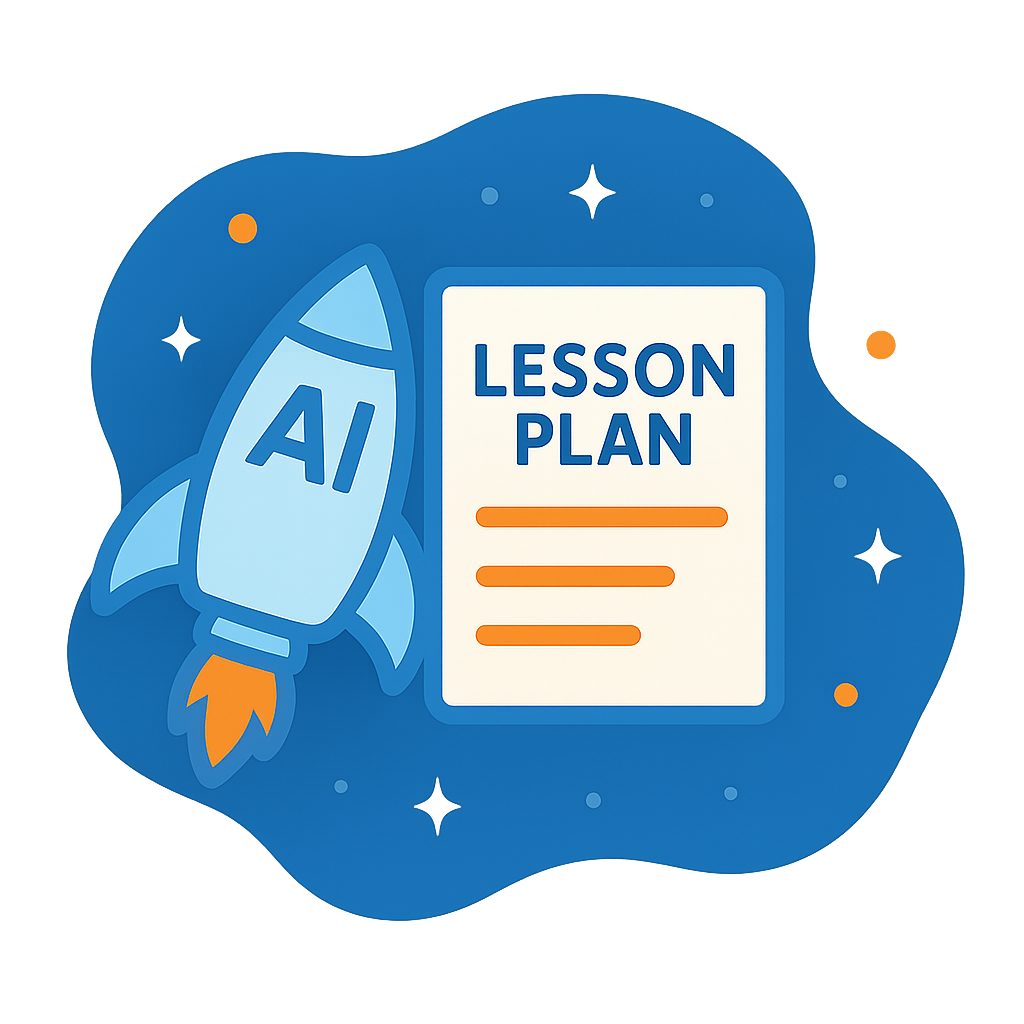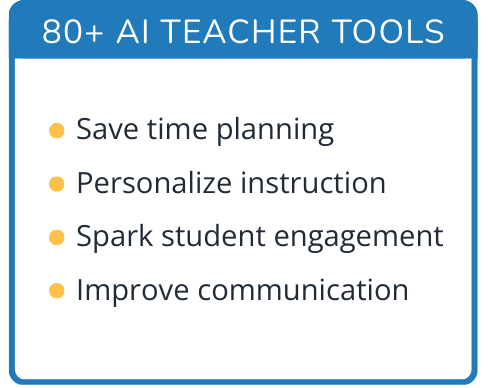Hi, what do you want to do?
K20 LEARN
From the Dark, Damp Places
Mosses and liverworts lack vascular tissue, unlike other plants. Young scientists learn more about these rootless plants through hands-on dissection and research on their life cycles as they get their hands dirty for a fun science...





